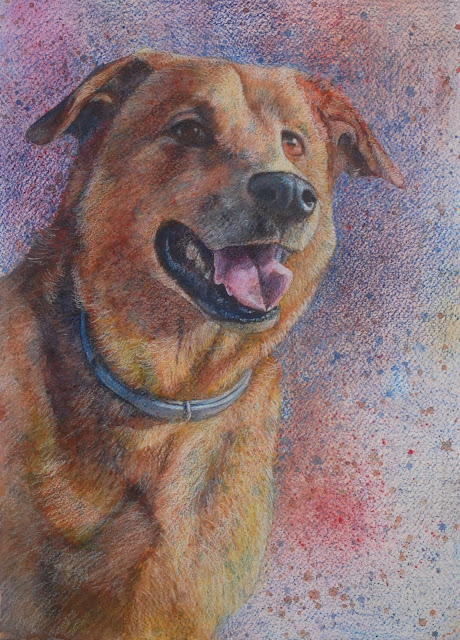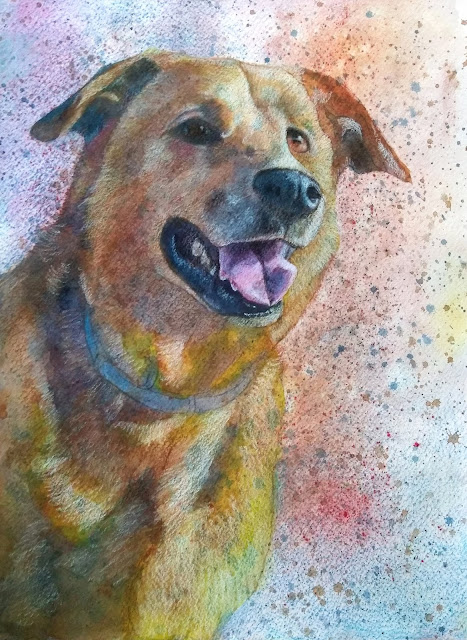 |
| I worked a bit more on the leaves and branch and a few areas of the pear. |
8/30/19
8/29/19
NCBG ICP August 2019
NCBG ICP August, 2019
 |
| This is how it looked at the beginning of class. |
 |
| This is how it looked at the beginning of class. |
8/27/19
NCBG ICP August, 2019
 |
 |
 |
| Still working on the background using the same colors listed above with the addition of indigo. |
 |
| Smudged the background a bit more and added some dark green and indigo as well as yellow chartreuse and canary yellow to the green grapes. |
8/26/19
8/24/19
8/22/19
NCBG ICP August, 2019
8/21/19
Sertoma CW March and April, 2019
 |
| I have worked on this quite a bit since class. I am still adjusting values and temperatures a little and adding details here and there. But it's close to complete. |
8/20/19
Sertoma CW August and September 2019
8/15/19
NCBG ICP August 2019
8/14/19
DAC CP & MM July and August, 2019
8/13/19
Sertoma CW August and September, 2019
 |
| Photo taken at home in better lighting. |
 |
| Photo taken at home in better lighting. |
8/9/19
DAC CP & MM July and August, 2019Usinf
8/8/19
NCBG ICP August 2019
 |
| View from the color side, black paper underneath. |
 |
| View from the color side, white paper underneath. |
NCBG ICP August, 2019
 |
| The black and white side, the side we will start working on first. |
 |
| The black and white side with colored paper behind it (so the white shows up). |
 |
| View from the color side. |
 |
| View from the color side with colored paper behind it (so the white shows up). This post shows the beginning process when working on the Dura-Lar Matte surface. |
8/7/19
DAC CP & MMI am continuing July and August, 2019
 |
| Watercolor texture, plastic wrap |
 |
| Watercolor texture, plastic wrap |
 |
| Watercolor texture, wax paper |
 |
| Watercolor texture, salt (2 sizes of salt) |
Subscribe to:
Comments (Atom)





























